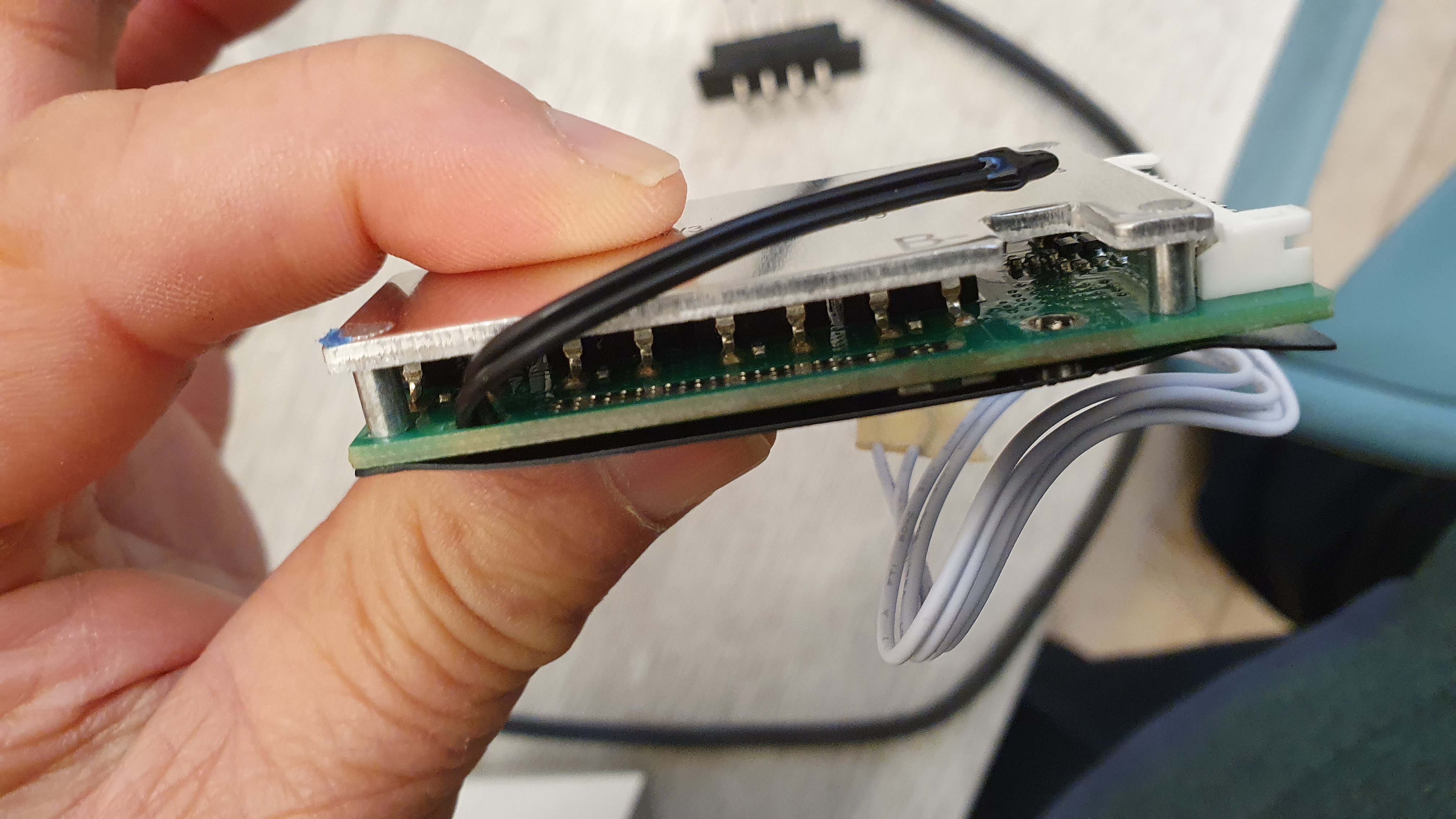BMS Balancing "optional"
- Thread starter WheezyRider
- Start date
One has to pick the brand as there are many sellers, I think typically the Be Much Safer brand of BMS is one that typically offers the smaller footprint BMS for small batteries where size of BMS is important.
If one doesn't mess about with charge voltages and simy charges to the required full charge voltage of the battery series then there isn't much need for the balance , good quality cells should keep balance .
If one doesn't mess about with charge voltages and simy charges to the required full charge voltage of the battery series then there isn't much need for the balance , good quality cells should keep balance .
It's getting complicated because some say they have it, but don't have any bleed resistors. I was wondering if they found another way to balance, though I don't think they have.Have you noticed how a lot of BMS devices these days are not even offering a balance option? You have to ask for it as an extra it seems
View attachment 55518
How do they dissipate the charge without bleed resistors?some have active balancing. You don't need to do anything.
They switch small amounts of charge to those less full cells, a bit like a waterwheel, instead of wasting the excess through bleeding resistors. As it's done automatically at any depth of charge, the mechanism is not limited to the CV charging time. The mechanism is faster and wastes less energy.
Is that a wind up?They switch small amounts of charge to those less full cells, a bit like a waterwheel, instead of wasting the excess through bleeding resistors. As it's done automatically at any depth of charge, the mechanism is not limited to the CV charging time. The mechanism is faster and wastes less energy.
Those BMSs don't have any capacitors!Different ways to activately balance a battery without load resistors. One way is for the BMS to charge a capacitor with the high cell and discharge it back into low cell. etc.
View attachment 55543
View attachment 55544
Exemplary passive (left) and active (right) balancing circuit topologies
not really. Although I don't know the details, I have read some articles about active balancing. You can figure out how that works from reading. I have noticed that bleed resistors disappeared, the BMSes get smaller and smaller, now no bigger than a couple of square inches at most. The balancing wires also get smaller, connectors are now spaced at a millimeter pitch. The Chinese rub off the markings on the main chip making following up nigh impossible. The main thing is I used to get a couple of calls a months telling me that they lost some range. I told them usually to leave the charger on for a couple of hours after the LED on the charger turning green to rebalance the battery. For the last 4-5 years, nobody calls about this anymore.Is that a wind up?
You're not going to get active balancing in a £15 BMS.not really. Although I don't know the details, I have read some articles about active balancing. You can figure out how that works from reading. I have noticed that bleed resistors disappeared, the BMSes get smaller and smaller, now no bigger than a couple of square inches at most. The balancing wires also get smaller, connectors are now spaced at a millimeter pitch. The main thing is I used to get a couple of calls a months telling me that they lost some range. I told them usually to leave the charger on for a couple of hours after the LED on the charger turning green to rebalance the battery. For the last 4-5 years, nobody calls about this anymore.
why? you can get a whole micro computer with wifi and BT for $5.You're not going to get active balancing in a £15 BMS.
You tell me. Why don't you have active balancing in the batteries in your bikes? Next time you see your battery supplier, see if you can arrange it, then all those guys that want to extend the life of their batteries by a few days by 20% -80% charging can buy a Woosh bike. Sales will go through the roof.why? you can get a whole micro computer with wifi and BT for $5.
I can't see any plastic things, nor a plastic case.The old bleed resistors disappeared, in their place, a dozen small plastic thingies in plastic cases:
look between the heastsink and the PCB. There are about a dozen of them, about the size of a TO220 but without individual heatsinks. I don't know what they are without drilling off the rivets and remove the heatsink.I can't see any plastic things, nor a plastic case.

Do you mean the MOSFETs?look between the heastsink and the PCB. There are about a dozen of them, about the size of a TO220 but without individual heatsinks. I don't know what they are without drilling off the rivets and remove the heatsink.
Are they raised bleed resistors bonded to/held tightly against the heatsink? Can your supplier provide you with schematics? Drill off the rivets.Yes, they can be mosfets. It's difficult to see.
Related Articles
-
 MTF Enterprises announces acquisition of EMU Electric Bikes
MTF Enterprises announces acquisition of EMU Electric Bikes- Started by: Pedelecs
-
 Wisper 806T folding bike wins Which? ‘Best Buy’
Wisper 806T folding bike wins Which? ‘Best Buy’- Started by: Pedelecs
-
 Sustrans calls for protected cycle lanes
Sustrans calls for protected cycle lanes- Started by: Pedelecs
-
 Amazon launch their first UK e-cargo micromobility hub
Amazon launch their first UK e-cargo micromobility hub- Started by: Pedelecs







